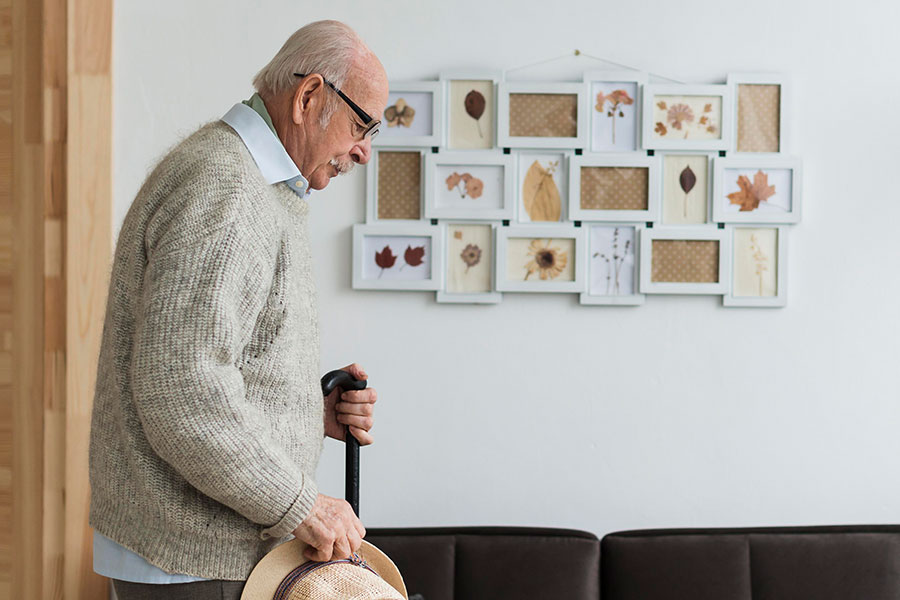In the ever-evolving landscape of technology, synthetic knowledge (AI) has emerged as a transformative force, improving different creative areas including music, video manufacturing, and visual arts. AI music video agents and AI creative agents offer as leaders in transforming exactly how musicians and content makers conceive and generate audiovisual jobs.
Systems like Pixverse V4.5 and GPT-4o give comprehensive abilities for different creative results, better obscuring the line between human imagination and AI support. With AI video generators, individuals can change photos into dynamic videos in simple mins, eliminating the patience and ability once essential for video modifying. This smooth conversion exists not just for standalone images but includes the music video layout, where AI can create aesthetically detaining videos that match to musical structures. As AI transitions progression in class with devices such as Recraft V3, the capacity for developing entire narratives within a music video framework emerges, wherein an AI creative agent can determine varied aesthetics and tale arcs based on the state of mind and rhythm of the picked track.
Particularly, the quick development in AI effects enhances post-production capabilities, enabling editors to use complex filters and transitions without needing substantial technical abilities. Whether it’s creating refined state of mind improvements or strong stylistic adjustments, AI effects are rendering traditional video editing and enhancing processes faster and much more easily accessible. At the same time, devices tailored particularly for social media sites, such as AI transitions, have actually equipped material makers to easily preserve target market engagement, adjusting their material to the busy digital environment we inhabit today.
The constant exploration of developments such as AI dubbing and AI lip sync technology triggers a more comprehensive discussion concerning availability and the democratization of media development. Via Translate and Dub attributes, creators can quickly center their help international target markets, damaging language barriers and ensuring that their web content resonates throughout diverse cultures. Auto-captioning and caption translation modern technologies further align with these availability goals, immediately creating subtitles or translating them in numerous languages, making video clips a lot more inclusive and reaching larger target markets.
In addition, there’s an appealing interaction in between AI-generated pictures and AI-generated videos, where the dynamics shift from still visuals to motion pictures. Systems that allow image-to-video conversion, such as Google Veo2 and Vidu 2.0, offer amazing insights right into the opportunities of AI-assisted storytelling. By turning still pictures into fascinating computer animations, these tools take a breath life right into static art, allowing designers to reinterpret stories in an aesthetically revitalizing means.
While some might raise issues about false information and identification, these modern technologies underscore the advancement that fuels creative expression. Auto Subtitle to swap faces or personalities in video clips also presents a distinct possibility for filmmakers and storytellers to experiment with creative layouts, involving target markets with fresh, unexpected analyses.
At the same time, the spreading of free devices such as free stock footage and free stock photos has actually given budding developers the resources to stay clear of business restraints, making it possible for the self-expression of creative visions without the worry of financial constraints. Paired with free AI video generators and systems like freebeat.ai, anyone can try out video development at their own pace. This availability implies that enthusiasm tasks and independent films can prosper, intensified by the ease of material production powered by AI.
Music to music video change attributes highlight the harmony between aesthetic and auditory art forms. By utilizing innovative AI music generators, musicians can generate special soundtracks that are especially tailored to their visual story, developing a natural creative expression that resonates with audiences. The ability to utilize motion control integrated with music generation solidifies the essential partnership in between sound and image, ensuring that creatives can maintain narrative coherence in their audiovisual presentations.
As the frontier of man-made knowledge proceeds to increase, tools such as AI voice-over, AI face generators, and AI hugging video modern technologies showcase the complex method to AI’s function in creative domain names. Voice synthesis not just uses content developers the ability to tell video clips with natural-sounding AI-generated voices yet also assists in including psychological deepness to storytelling. All at once, AI-generated characters can include an innovative twist to video material, whether that’s via cartoon lips talking scripted discussions or fully animated spokespeople communicating with audiences with social media sites.
In scenes like talking heads or fully computer animated characters that can engage in nuanced dialogues, audiences are provided different viewing experiences that amuse while additionally supplying valuable information. The use of AI in customizing user experience through responsive interactions likewise boosts viewer engagement, therefore transforming conventional web content intake approaches.
Creative representatives within the realm of AI job tirelessly to bridge motifs of fond memories and modernity, linking typical media kinds with modern methods. This specific mix emerge in projects that highlight substantial previous moments or categories reimagined via AI lenses, breathing new life right into old art forms. Devices that concentrate on producing lyric videos improve the process better, making it simple to showcase music ability while involving followers aesthetically, dealing with audiences that flourish on immersive web content.
By facilitating cooperation among musicians, musicians, and videographers, AI shapes distinct intersections of imagination. Throughout various domains, AI enables designers to open new potential, enhance process, boost viewer experiences, and create content that would or else be unfeasible. Whether through the fast generation of captivating music video clips or with nuanced narrative narration, AI creative representatives are reshaping the landscape of the arts and entertainment, promoting an age ripe with innovation and limitless possibilities.
As we venture much deeper into this partnership in between guy and maker, the concern remains: Where does human imagination end, and man-made creativity start? The discussion is continuous, yet one point is certain: AI is below to stay, and it will continue to influence imaginative expressions in methods we are only starting to understand. The future is brilliant for designers who prepare to accept these devices, as they will certainly impact what it suggests to develop, share, and experience art in the electronic age. The art globe is positioned to alter and increase in means that are exciting and thrilling, as both conventional musicians and AI expeditions disclose brand-new aesthetics, stories, and psychological connections.






